The Physic Garden
The history of the Physic Garden begins in the middle ages, with some of the first 'apothecary gardens' created in Italy and France in the 1300s. The first to be established in Britain was the University of Oxford Botanic Garden, created in 1621. what is now the Royal Botanic Garden Edinburgh was founded in 1670 by Scottish doctors Robert Sibbald and Andrew Balfour, and the world famous Chelsea Physic Garden was established a short time later in 1673,
monasteries, priories and other religious institutions would usually have a physic garden or Herbarium where plants were cultivated for healing medicines and culinary use, as well as dye plants for cloth and wool. Large estates would cultivate kitchen gardens or 'potagers' with medicinal and plants for cooking. home would have access to the woodland, hedgerow and meadow where they would be able to find wild plants, if not be able to cultivate some themselves in their small plots.
Plants such as lavender, rosemary, sage, and thyme added flavour to food and variety to the diet, calendula, belladonna, lady's mantle, borage and comfrey were grown from which ointments, tinctures, infusions and other medicines would be made. Other plants we might now consider weeds and oust from modern gardens, such as nettles, dandelions and cleavers and chickweed, would often be left to prosper, being some of the most invaluable medicinal plants.
Physic gardens were laid out in specific order, grouping plants by their medicinal virtues, humoural or planetary association, or simply by their healing effects of differing parts of the body. Potager gardens were also often ordered with the distinction made between culinary, medicinal and dye plants.


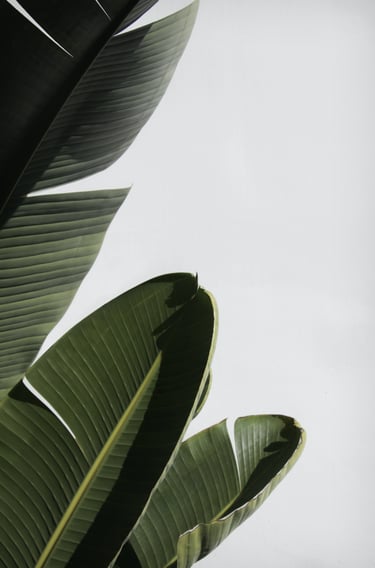
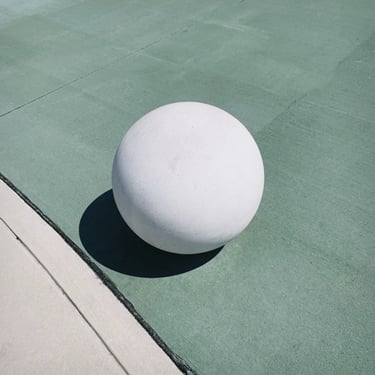
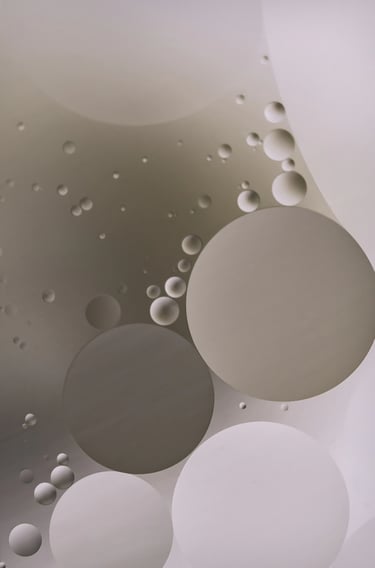
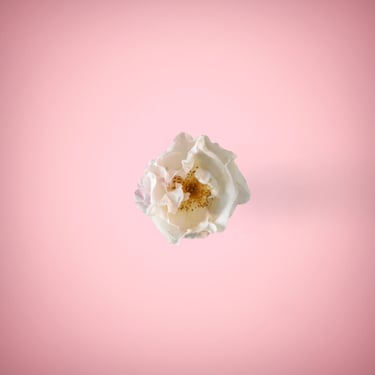










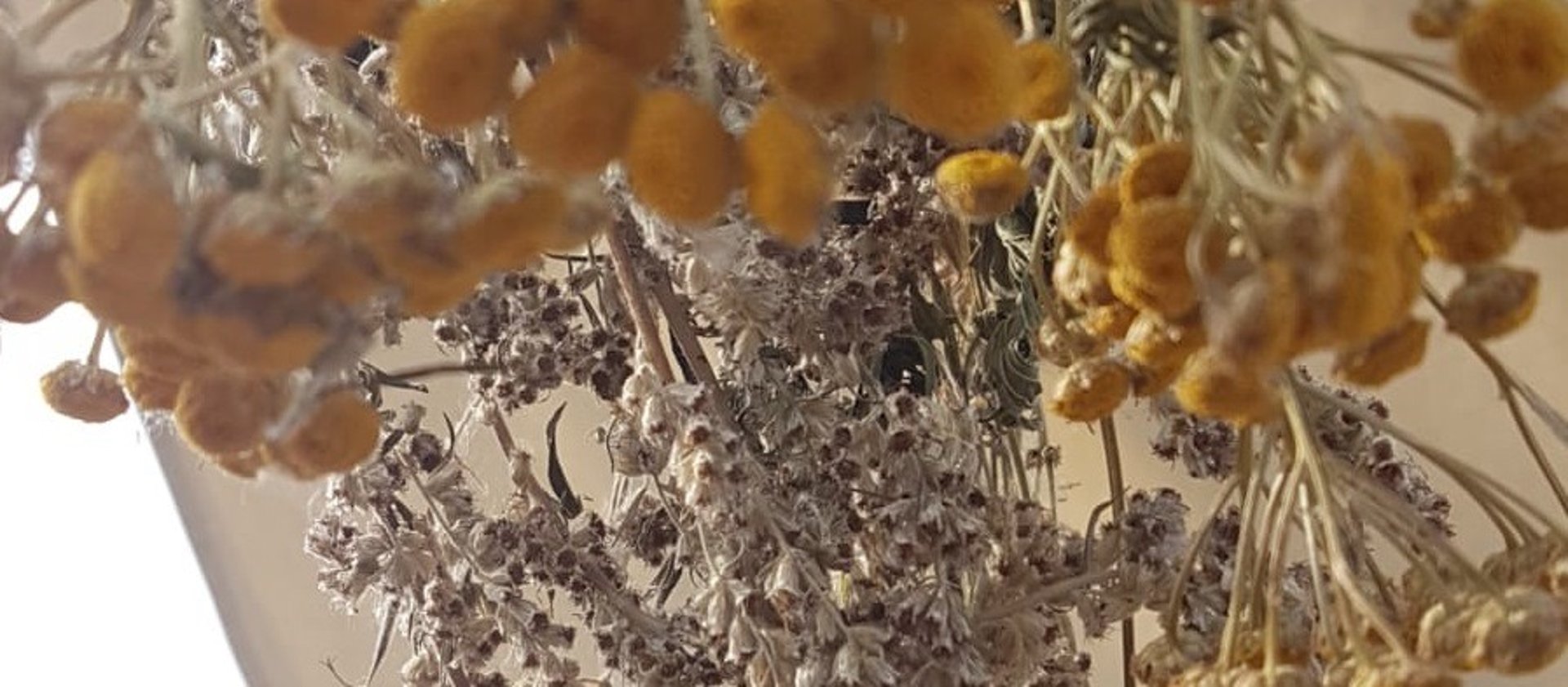
© The Historical Herbalists 2023
Photos © Jaye Gould
The Historical Herbalists CIC
hello@historicalherbalists.com






The Historical Herbalists CIC No.: SC866573